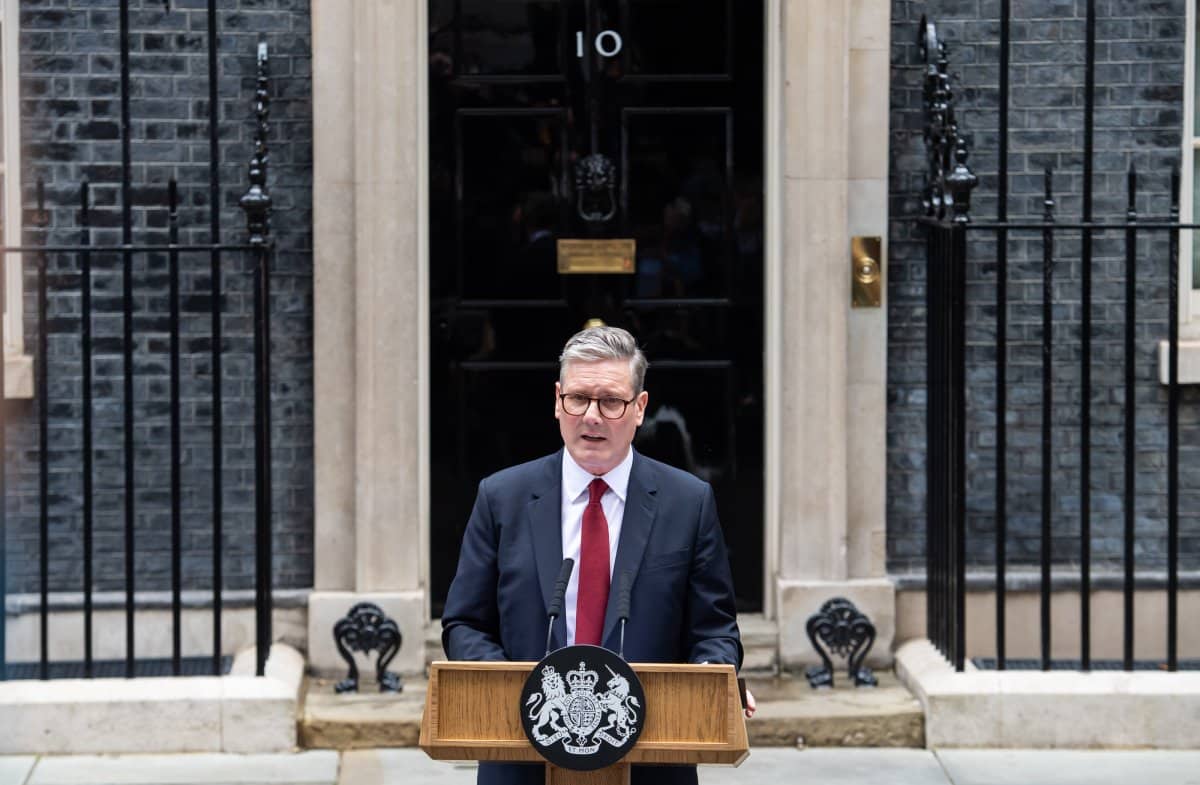The UK government borrowed £3.1bn in July – more than expected. The government uses borrowed money to cover excess spending, but is this a blip, or a sign of things to come.
What’s the Purpose of Borrowing?
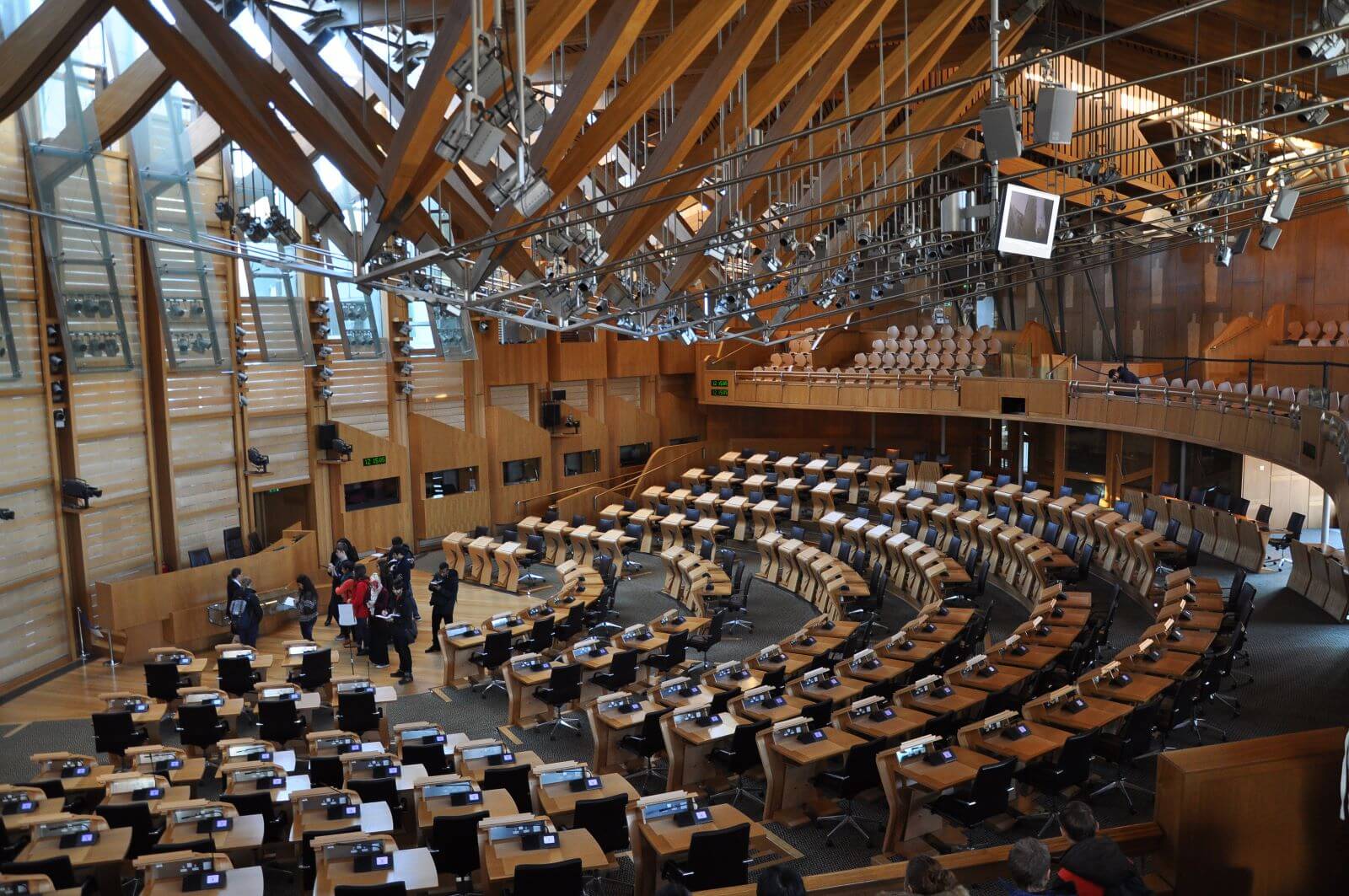
Governments collect taxes to spend on public services. When the amount a government spends is greater than the money it receives from taxes, borrowing is one fiscal tool used to make up for this shortfall.
Implications of Higher Taxes

Higher taxes set by governments means the public has less money in their pockets, meaning less money to spend on goods and services. This, by design, slows the economy and allows governments to spend on public services.
This Impacts Businesses

If the general public has less money to spend due to higher taxes, it leads to less spending on businesses on goods and services. This results in less profit for these businesses, leading to lower tax receipts for the exchequer. So, it is a very delicate balancing act.
The Reason Governments Borrow

Governments tend to borrow to boost the economy. Spending money injects heat into the economy, causing ripple effects and increasing the flow of money and growth. While boosting the economy is one reason, another is to borrow for infrastructure projects like roads and rail.
Where Does the Government Borrow Money?

Bonds are the primary vehicle for governments to borrow. They can raise money on the bond market, through Treasury bills or by using state assets as collateral.
What Are Bonds?

Bonds are financial products. These products are promises the government makes to buyers; they agree to pay regular interest payments over the bond’s lifetime. UK bonds are called gilts and are considered low-risk with higher stability than many other countries’ bonds.
Who Buys Bonds?
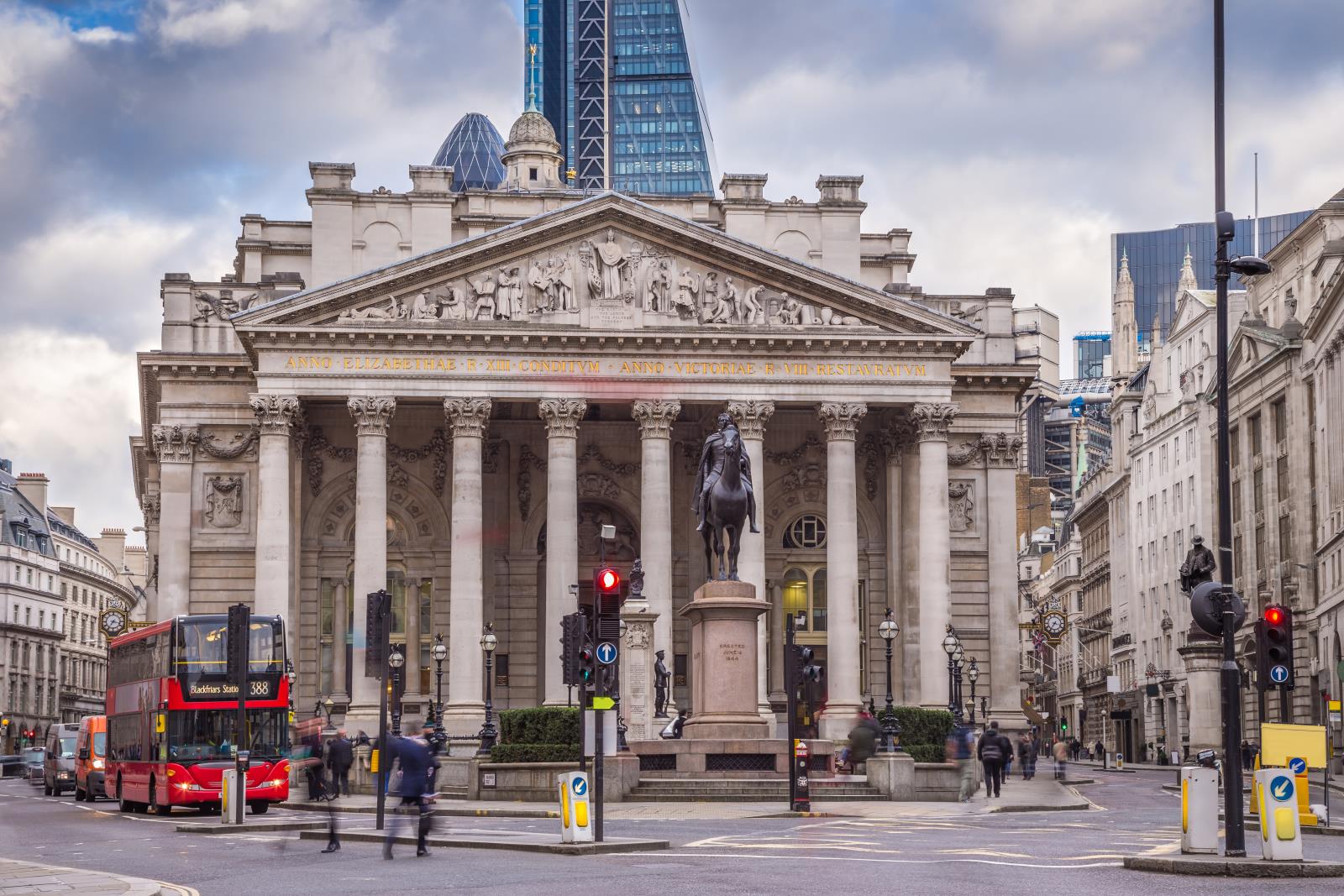
Gilts or bonds are generally bought by the UK’s financial institutions, which include investment funds, pension funds, banks, and insurance companies.
Central Banks and Bonds
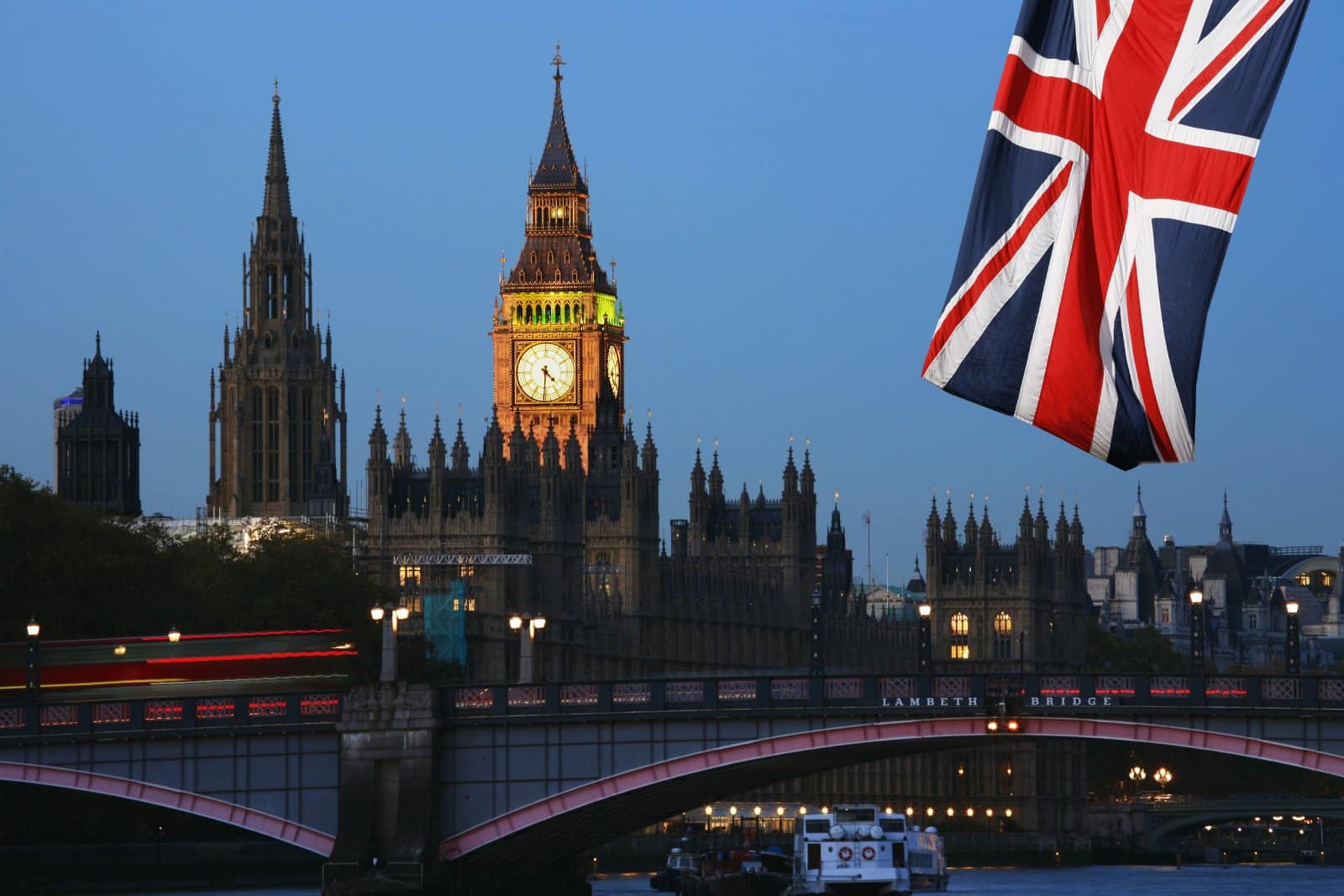
Central banks like the Bank of England buy bonds. This purchasing of bonds can be in the billions and is used to support the country’s economy. This process is called quantitative easing and one-way governments can raise large amounts of money.
Figures on the UK Government
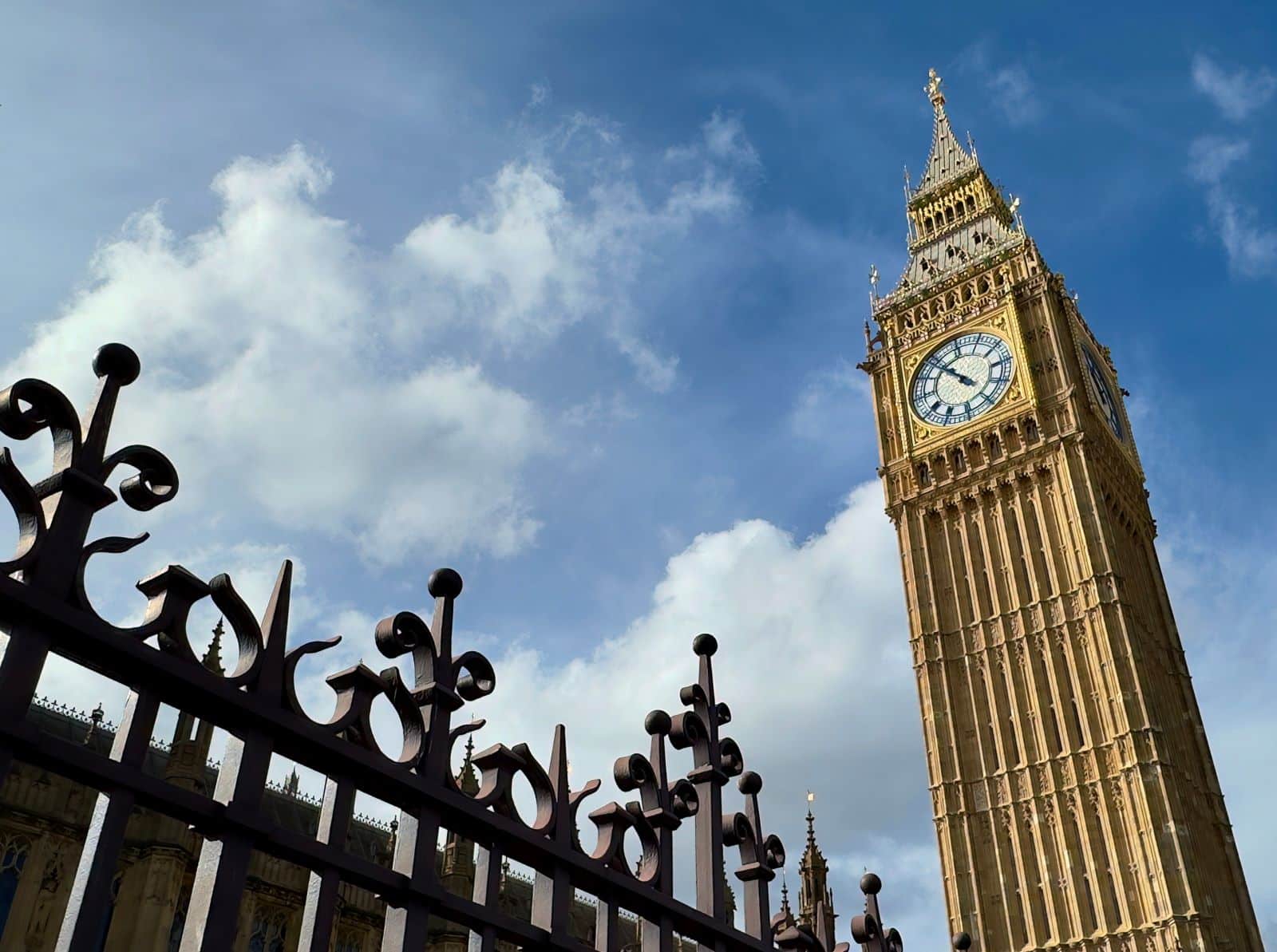
Figures can vary quite a bit throughout the year. Some months have increased tax receipts. For example – January’s is higher than usual. This is because of self-assessments by self-employed people, who pay a chunk of their tax upfront.
How Much Money Is the UK Government Borrowing?

The UK Government borrowed £122.1 billion in the last financial year. In July, there was an increase of £1.8 billion compared to last July.
The Total Amount of Borrowing

The UK’s national debt (the total amount it owes) was £2.7 trillion, which is the same as the country’s gross domestic product (GDP) for an entire year.
Total Borrowing Compared to Historical Borrowing?
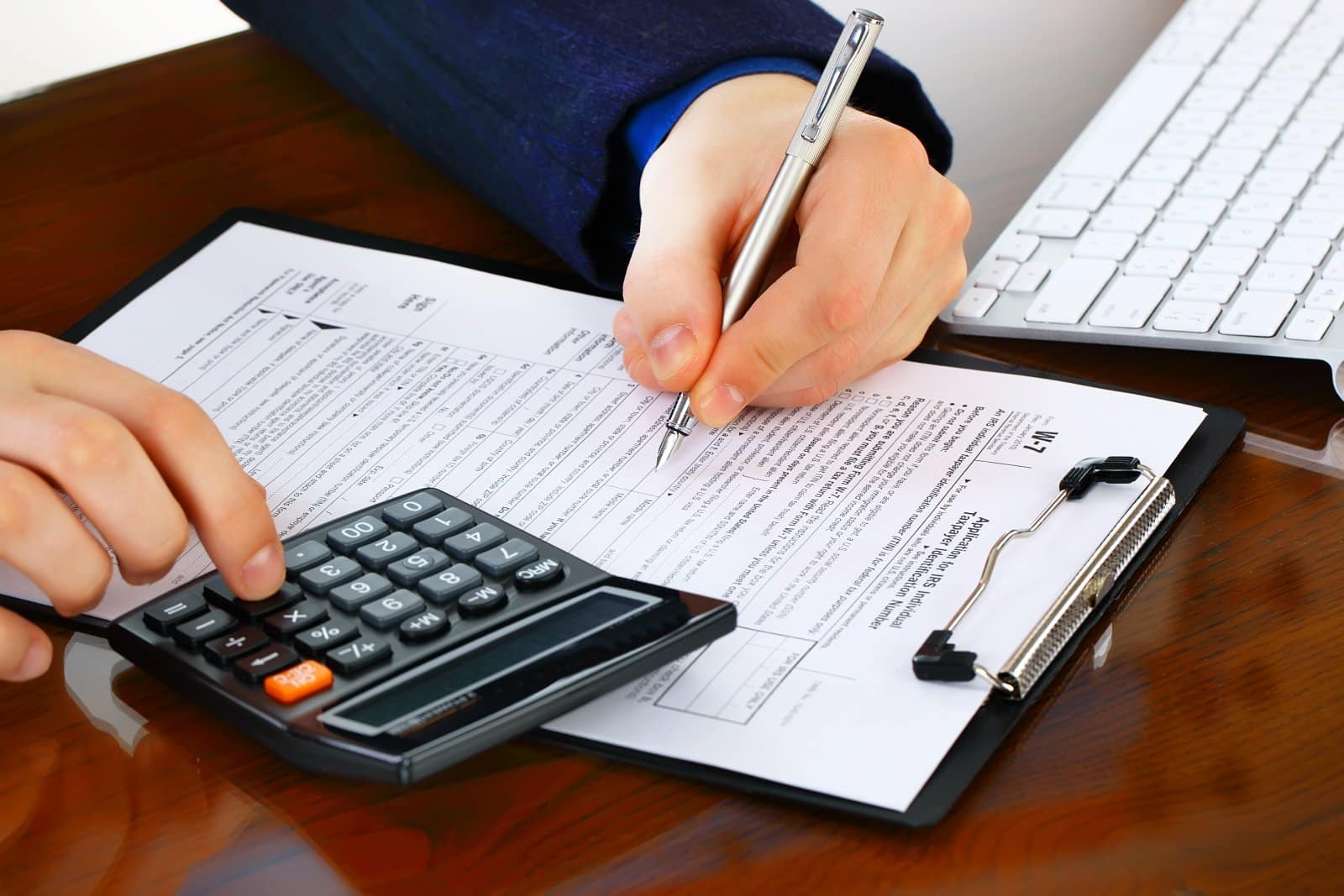
Compared to the current borrowing, previous decades were double the period between the 1980s and 2008. In 2008 the financial crisis hit and caused borrowing to skyrocket. COVID compounded this further.
Borrowing Significantly up From Record Lows in the 80’s

This record increase is partly due to the banking crisis of 2008 and the pandemic in recent years.
Is the UK’s Debt Significant?
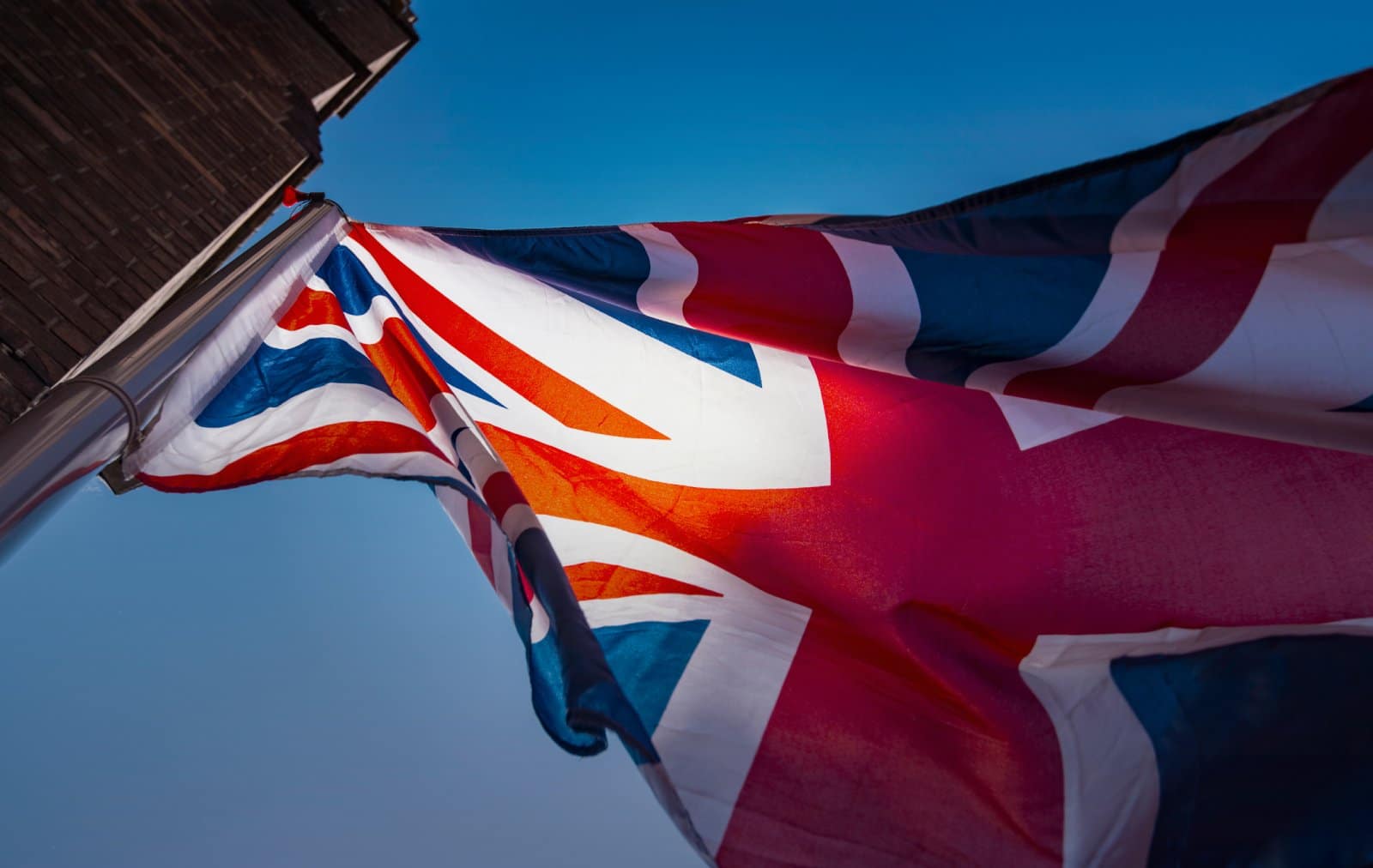
Although it is high compared with recent decades, it is still lower than many decades in the previous century and low compared to some other major economies.
What Is the Actual Cost of the Borrowing?
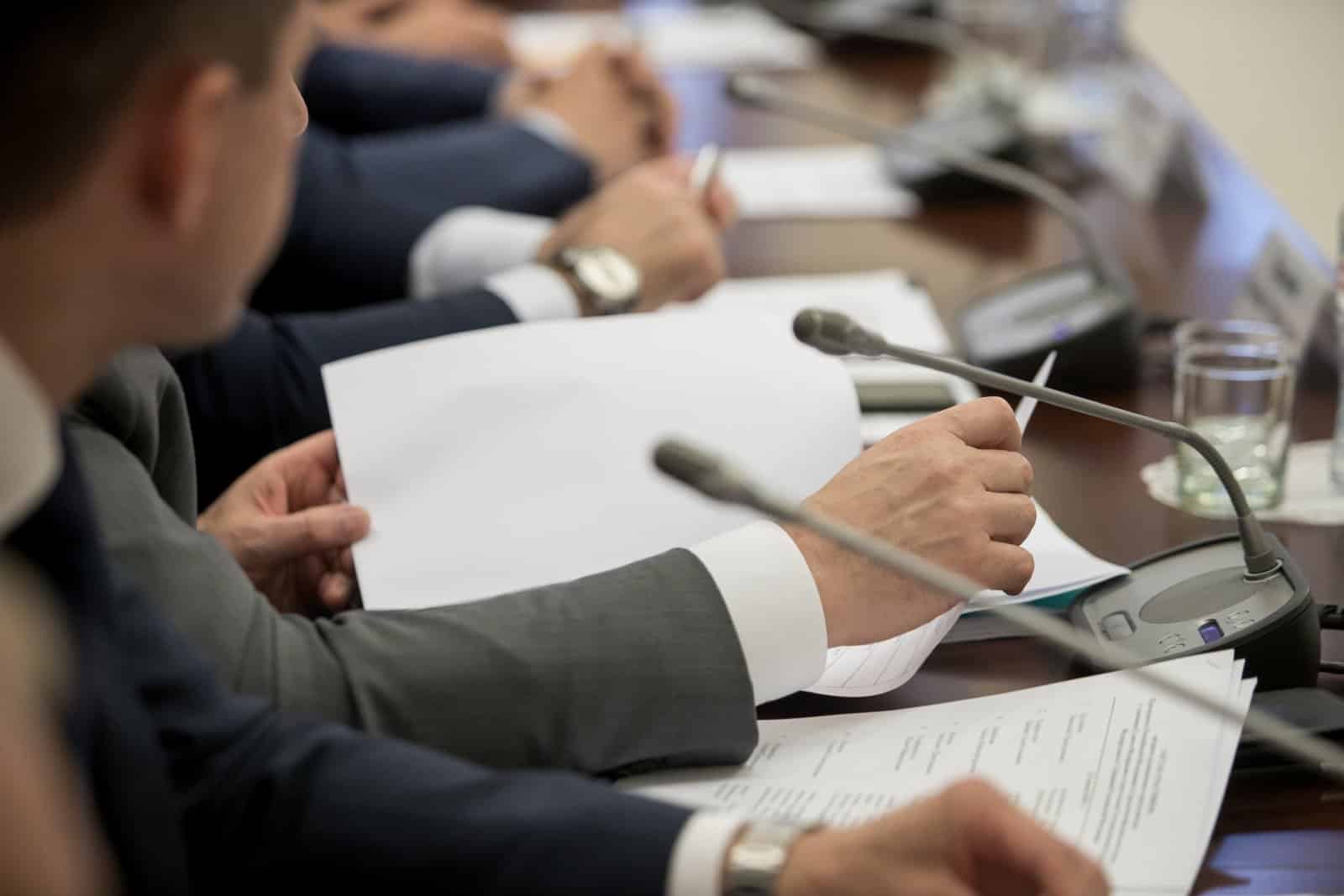
As debt grows, interest payments increase, and therefore, costs increase on the national debt. These Interest payments are affected by the Bank of England base rate and the general stability of the economy.
Increases in Interest Rates

The cost during the 2010s was lower than in the 2020s. This is a consequence of the Bank of England’s base rate, which hit a 20-year high in October 2023.
Link of National Debt to Inflation
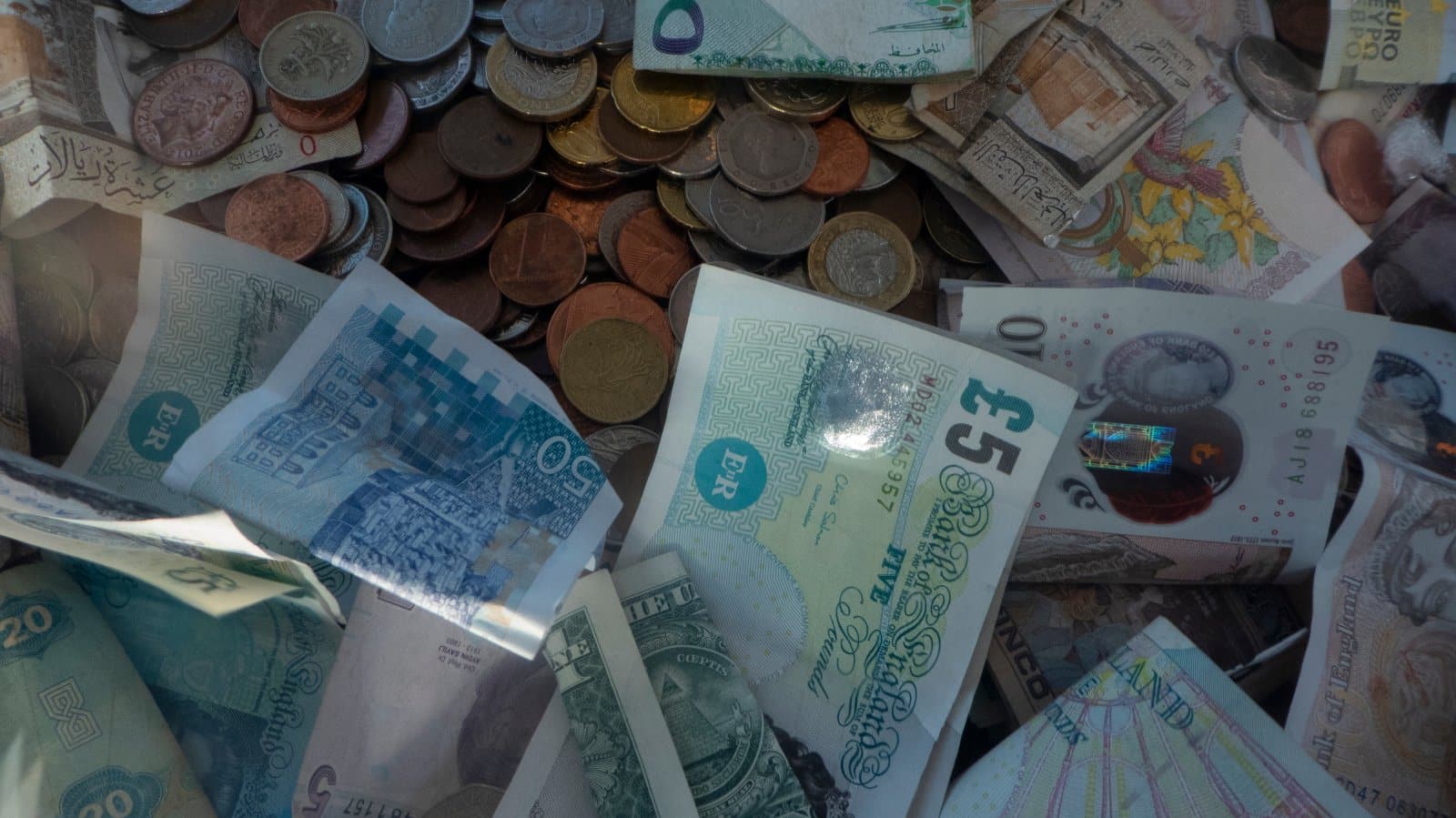
A significant amount of the UK debt pile is index-linked, so the cost of maintaining the debt increases when inflation rises. As inflation rose during the cost-of-living crisis, the costs associated with the debt pile dramatically increased. I have eased in recent months.
Consequences of Paying More on Debt
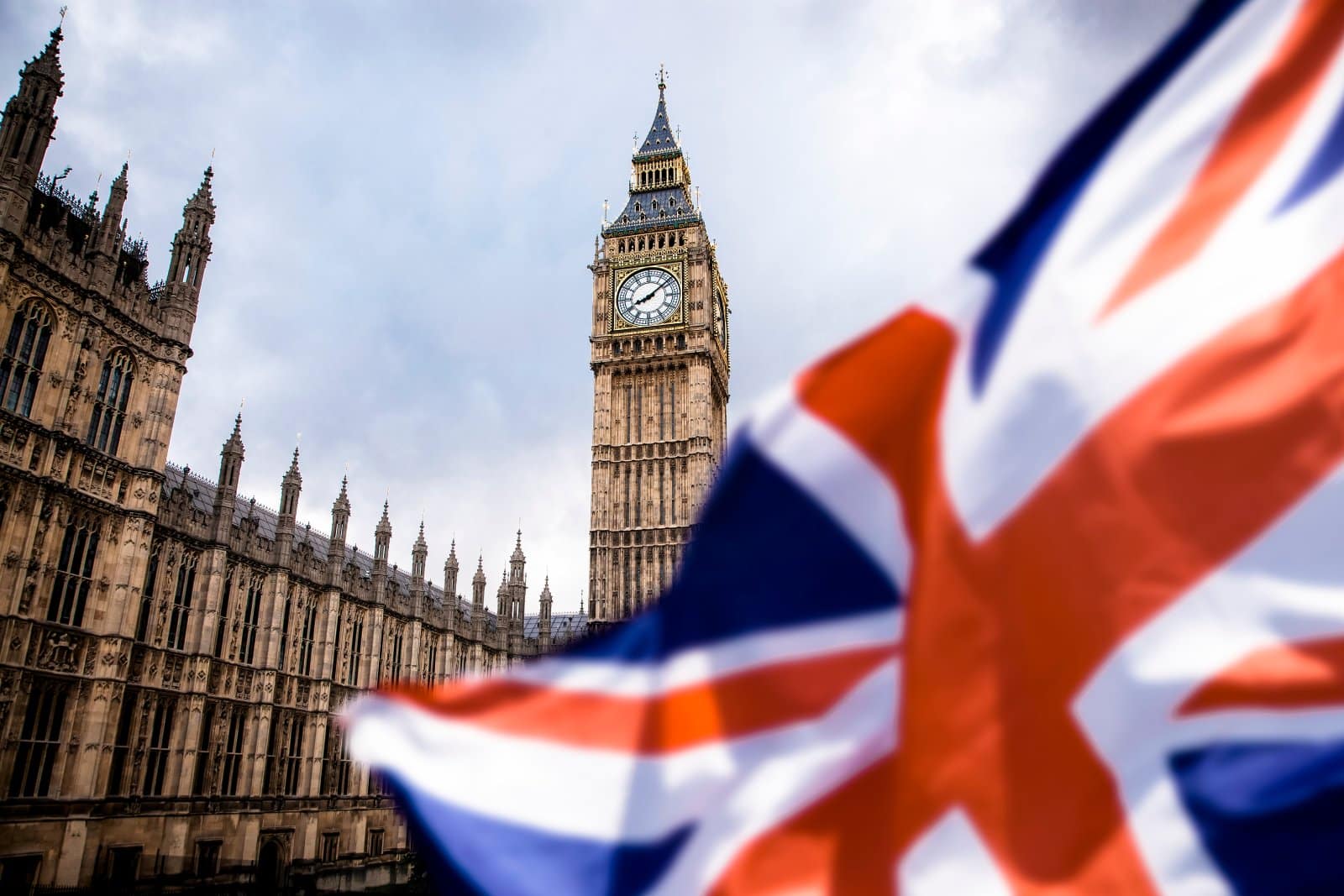
The government sets aside and pays more on debt payments. This has medium—to long-term consequences for government planning and policy, meaning more money is set aside rather than spent on services.
Borrowing Set to Fall

In 2025-2026, borrowing is set to fall below 3%, below one of the previous government’s targets.
Age of Population

The population is aging. As the population ages, more people do not pay income tax or at reduced rates. This puts pressure on the government’s income and increases the pressure to borrow.
Brace for Impact: The Tax Increase Labour Denied Has Arrived, Reeves Delivers a Grim Outlook

Rachel Reeves delivers the gloomy news, and citizens have to accept the inevitable. The tax increase might complicate finances for some households and businesses. Brace for Impact: The Tax Increase Labour Denied Has Arrived, Reeves Delivers a Grim Outlook
Russia Issues Ultimatum to UK Over Ukraine’s Use of British Arms

Russia has threatened to attack British targets if Ukraine uses UK-supplied weapons amid rising tensions and the recent arrest of a British man charged with spying for Russia. Here’s the full story. Russia Issues Ultimatum to UK Over Ukraine’s Use of British Arms
Tommy Robinson Sparks National Outrage With Far-Right ‘We Want Our Country Back’ Protest in London

Police had their work cut out at a recent protest led by Tommy Robinson in London. Full story. Tommy Robinson Sparks National Outrage With Far-Right ‘We Want Our Country Back’ Protest in London
Featured Image Credit: Shutterstock / Michael Tubi.
The images used are for illustrative purposes only and may not represent the actual people or places mentioned in the article.

